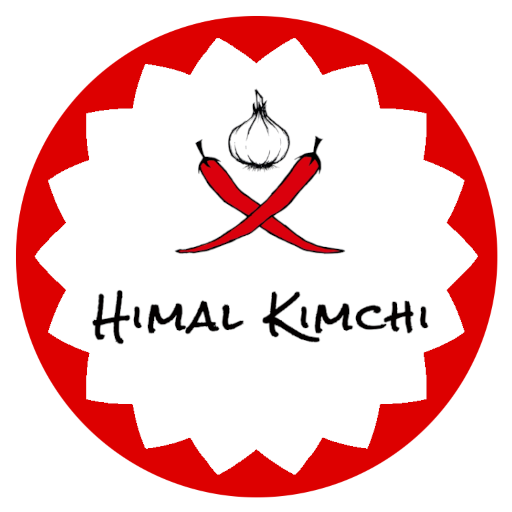Starter: Ginger Bug
Ginger bug is a starter relying upon the yeasts and bacteria found in ginger. Be sure to use organic ginger (or homegrown!), since imported ginger isoften irradiated, destrying its effectiveness as a starter, and organic standards prohibit irradiation. The ginger bug is simply water, sugar, and grated ginger, which starts actively fermenting within a couple of days.
Timeframe: 1 to 3 days
Vessel: 1 piece 500ml jar or small bowl
Ingredients:
• 2 inches / 5 cm / 20 grams or more fresh organic gingerroot
• ¼ cup / 50 grams sugar
Process:
- Grate the ginger, skin and all. Start with 1 inch / 2.5 cm / 10 grams the first day and add the rest later.
- Combine. Add the grated ginger and 2 tablespoons sugar to 1 cup / 250 ml of water. Stir well. Cover with cloth to allow free circulation of air while keeping flies out.
- Ferment in a warm spot.
- Stir at least a few times a day or as often as you can, until the bug gets bubbly, in 2 to 4 days.
- Feed the bug more ginger and sugar. Add another 1 inch / 2.5 cm / 10 grams gingerroot, grated, and another 2 tablespoons sugar, and stir. Feed bug every day or two until you are ready to make ginger beer.
- Make ginger beer (see the next recipe) anytime after the bug becomes active. If you wait more than a couple of days, keep feeding the bug fresh ginger and sugar every 2 days to keep it healthy and vigorous. Ginger bug is a great starter for other types of root and bark beers, as well. A similar starter can be made using fresh turmeric roots.
Ginger Beer
Ginger beer is a soft drink, typically fermented just long enough to create carbonation but not enough to contribute any appreciable level of alcohol. It can range from spicy to mild, and if it is mild, many kids love it. Ginger beer could certainly be made entirely in the manner of the ginger bug, above. The most compelling reason to do a two-step process like this is that you get the fullest extraction of flavor from the ginger when you boil it, then add sweetener and cool it off before adding the already bubbly ginger bug.
Timeframe: 2 to 5 days after ginger bug is active
Equipment:
• 1-gallon / 4-liter or larger ceramic crock, bowl, wide-mouth jar, or food-grade plastic bucket with lid or cloth cover
• Plastic soda bottles or other sealable bottles for bottling
Ingredients (for 1-gallon / 4-liters)
• 4 inches / 10 cm / 40 grams fresh gingerroot for a very mild ginger flavor (up to 12 inches / 30 cm / 120 grams or more for an intense ginger flavor)
• 1½ cups / 375 grams sugar
• 2 lemons, juiced
Process:
- Starter. Make sure the ginger gug is bubbly. Add 1 teaspoon of sugar and give it a good stir.
- Boil 2 quarts / 2 liters of water.
- Grate the gingerroot and add it to the pot of boiling water. Reduce the heat.
- Simmer for about 30 minutes.
- Strain out the ginger, add the suger, stir to disove, and add the lemon juice.
- Add cold water to make 1 gallon / 4 liters.
- Add the strained ginger bug. (If you intend to make this process an ongoing rhythm, reserve a few tablespoons of the active bug as a starter and replenish it with additional water, grated ginger, and sugar.)
- Ferment in a crock, jar, or bucket for about 24 hours, stirring frequently. If it doesn’t seem bubbly after 24 hours, add a few slices of raw ginger and stir for another day or two until bubbly.
- Bottle in sealable bottles.
- Ferment in bottles in a warm spot for a day or a few depending upon temperature. The best way I know to monotor carbonation is bottling in plastic soda bottles, as described in Bottling and Carbonation, page 85.
- Chill the bottles once they’re presurized.
